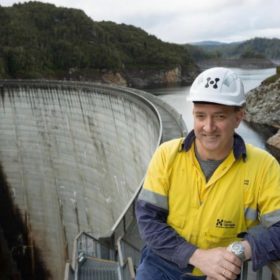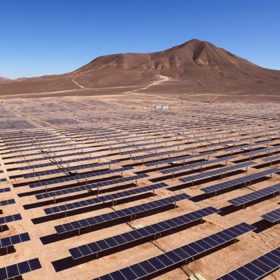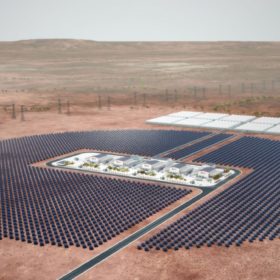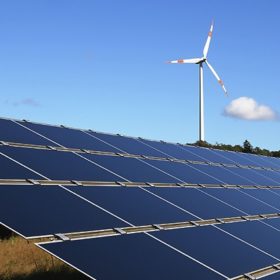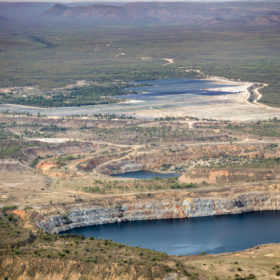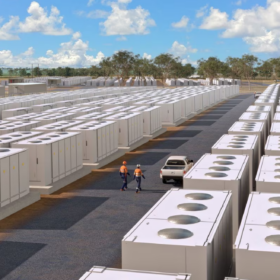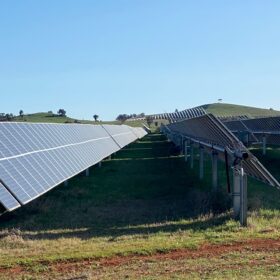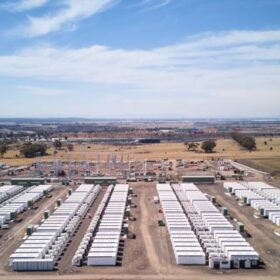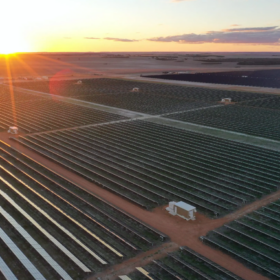Pernod Ricard becomes first Australian winemaker to switch to 100% renewables
All of the winemaker’s Australian sites are now using renewable electricity thanks to the completion of the nation’s largest combined winery solar installation and a 10-year power purchase agreement to source renewable electricity.
Marinus Link project firms after positive early reports
Tasmania’s ambitions of becoming the Battery of the Nation improve after early reports on the proposed Marinus Link, a second interconnector between Tasmania and Victoria, show the project’s economic advantages far outweigh expected costs.
Another Riverina solar project gets go-ahead
The 90 MW West Wyalong Solar Farm has become the latest addition to the swelling solar PV pipeline in the Riverina region having secured the NSW Government’s approval.
Survey finds Australians lack solar understanding, industry to step up
A recent survey commissioned by Redback Technologies has found that almost a third of Australians lack understanding of solar, another barrier to the adoption by Australians of integrated solar and battery systems. pv magazine Australia sat down with Redback Technologies CEO Patrick Matweew to discuss.
Stockland offers discounted solar and batteries to 25,000 households
Residents of Stockland homes will be able to get a discount on their rooftop solar and batteries thanks to a new national scheme recently launched by the property developer.
1414 Degrees to power abandoned Aurora CSP site with PV and thermal storage
Adelaide-based energy storage specialist 1414 Degrees has announced plans to acquire SolarReserve Australia II, which owns the Aurora Solar Energy Project in South Australia and two solar sites in New South Wales. The company proposes to use the Aurora site to build a massive 400 MW solar farm with progressive thermal storage capacity to several thousand MWh.
Total completes 16 MW/10 MWh solar+storage project in New Caledonia
The project is an extension of the Hélio Boulouparis 1 installation, which was commissioned in May 2017 with 11.2 MW of capacity.
Clean energy investment confidence continues to slide
A survey run by the Clean Energy Council shows confidence in new clean energy investment continued to weaken over the past six months. While a big majority of industry representatives expect to hire more staff in the next 12 months, the biggest challenges to developing new projects remain unchanged with grid connection process and technical requirements and policy uncertainty at the top of their list of concerns.
Evergen goes to the people with crowdfunding campaign
Evergen is looking to boost its growth in Australia and expand overseas as it opens a major capital raising campaign to private and wholesale investors on VentureCrowd.
Plan to go ahead as J-Power recommits to Kidston pumped hydro
The Kidston solar-pumped hydro project is back on its feet after Japanese utility J-Power and Genex Power renegotiated their deal with the extension of funding provided by the Northern Australia Infrastructure Facility Board earlier this month. The project had been thrown off-course after a shock decision by EnergyAustralia not to finalise a purchase agreement.

